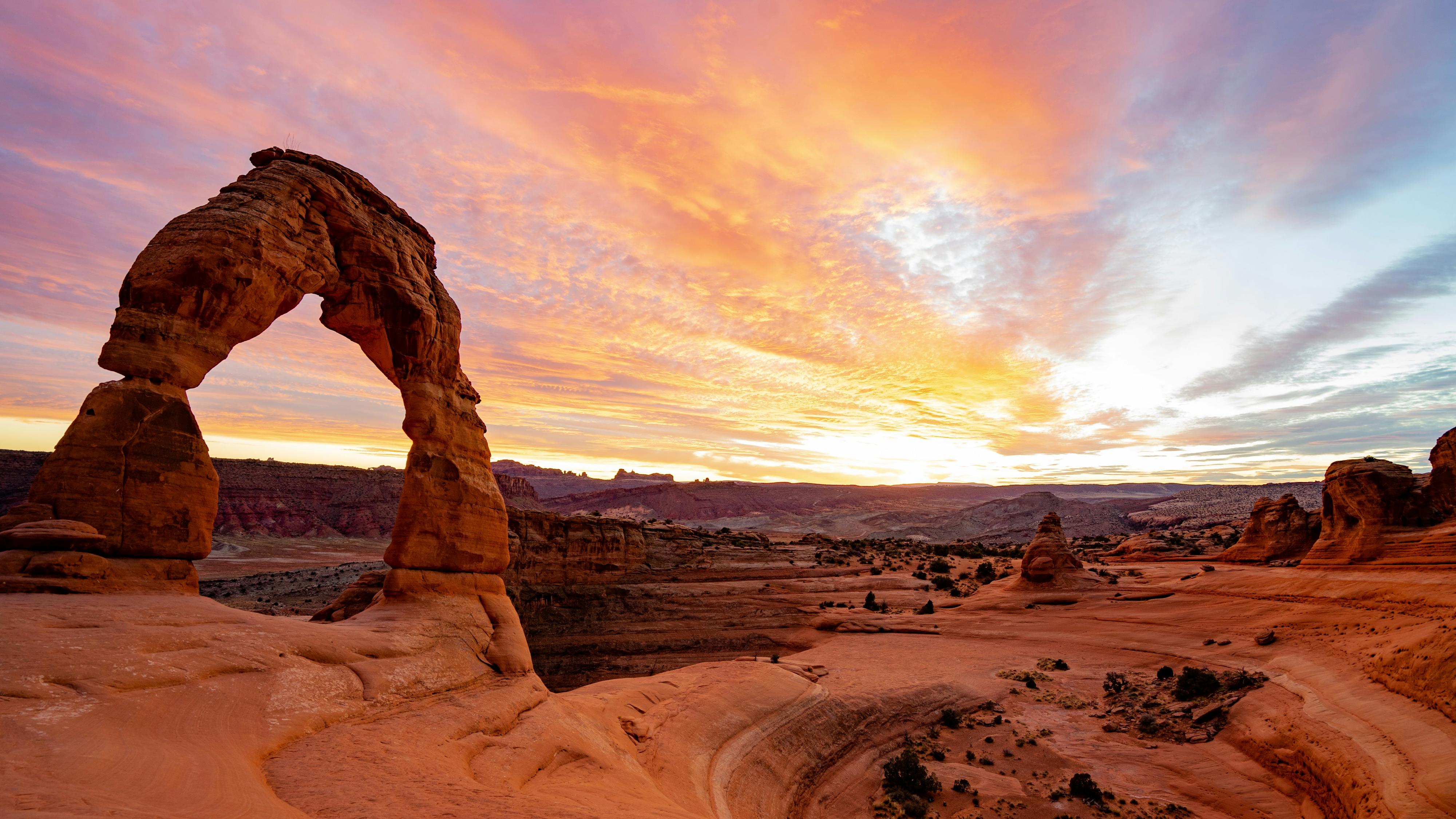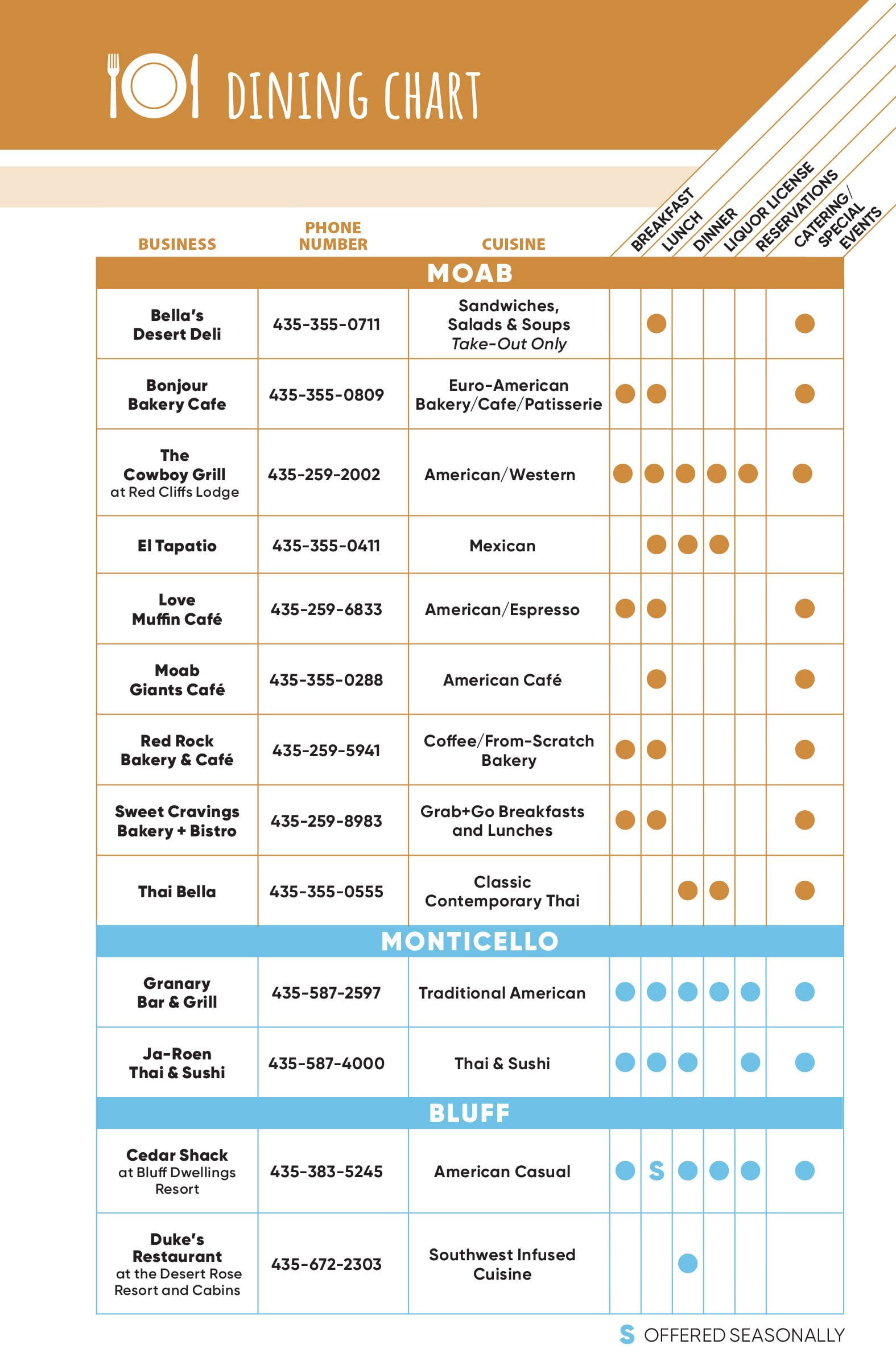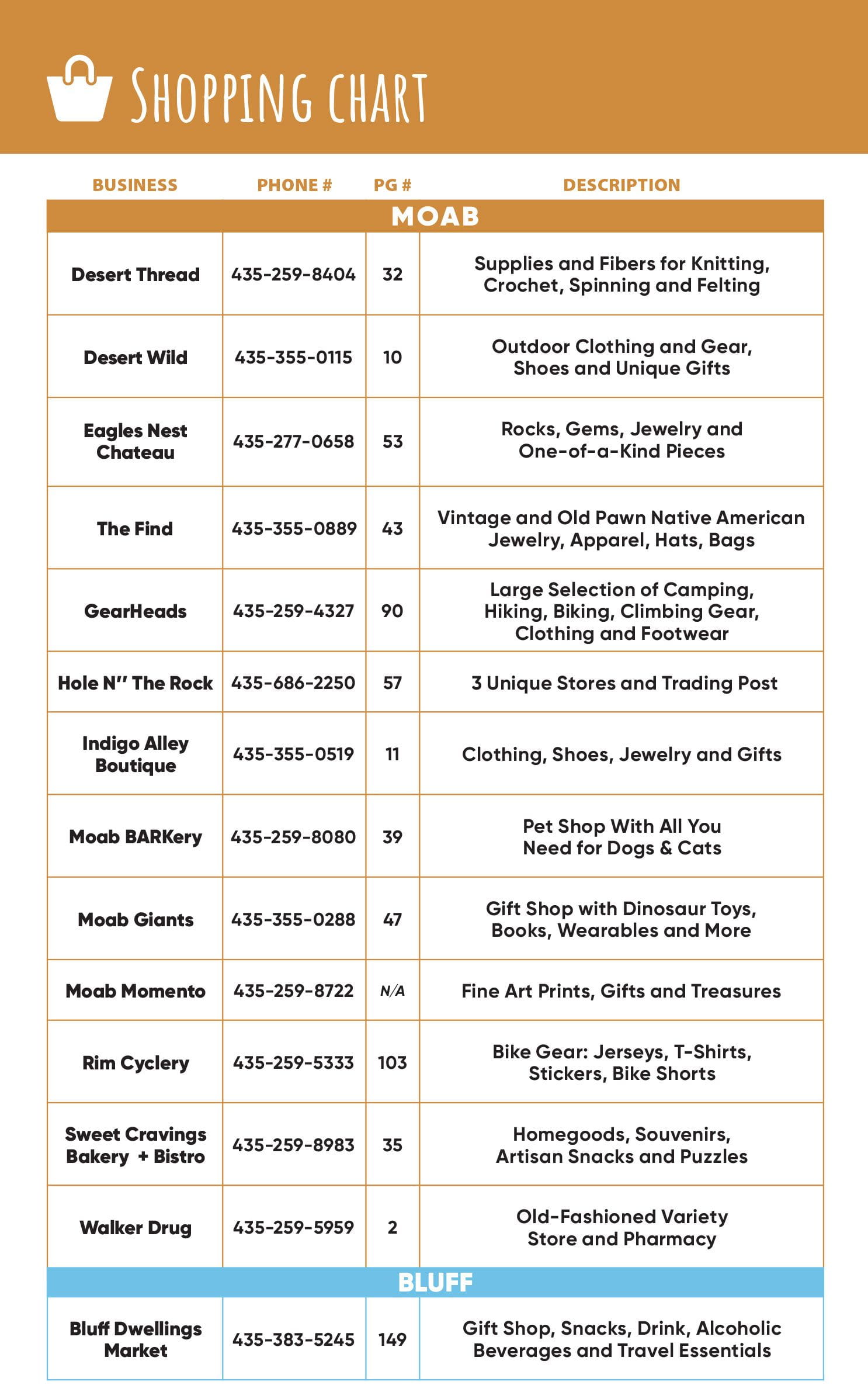Adventure Moab

Moab is the only town in Utah next to the Colorado River and the best place to stay to visit some of Utah’s most iconic parks: Arches National Park, Canyonlands National Park, and Dead Horse Point State Park.
Moab is 30 miles south of I-70 on US Hwy 191. If driving from Colorado, a beautiful drive into Moab is on Utah Scenic Byway 128. This 47-mile drive is stunning and follows the Colorado River into Moab.
You can also fly to Moab from Denver International Airport. This is usually one flight a day. Canyonlands Jeeps and Car Rentals offers rental cars or there are shuttles are available into town.
Heading south out of Moab on US Hwy 191, Monticello is about 60 miles south of Moab. Blanding is 20 miles south of Monticello. Utah Hwy 95 leaves Blanding for Natural Bridges or the Bears Ears area. Bluff is 25 miles south of Blanding. Monument Valley is about 45 miles from Bluff. From Moab to Monument Valley, plan on at least four hours of travel. But you should take your time and plan to stop along the way!
Moab is 235 miles from Salt Lake City and 457 miles from Las Vegas. If you are flying into Las Vegas and driving to Moab, plan to take the southern route by the Grand Canyon and visit Monument Valley, Bluff and the surrounding area. This part of Utah is packed with all sorts of amazing scenery and ancient history to see. Enjoy your stay!

The Cowboy Grill at Red Cliffs Lodge
Sweet Cravings Bakery + Bistro

Eagles Nest Chateau
Sweet Cravings Bakery + Bistro
Walker Drug
The Market at Bluff Dwellings Resort